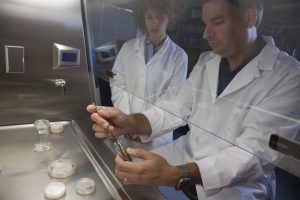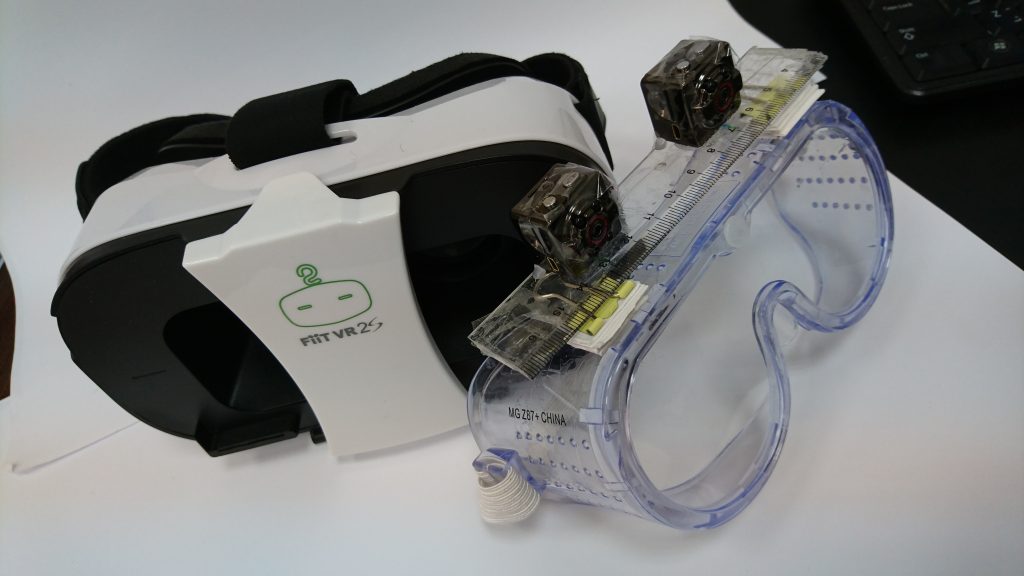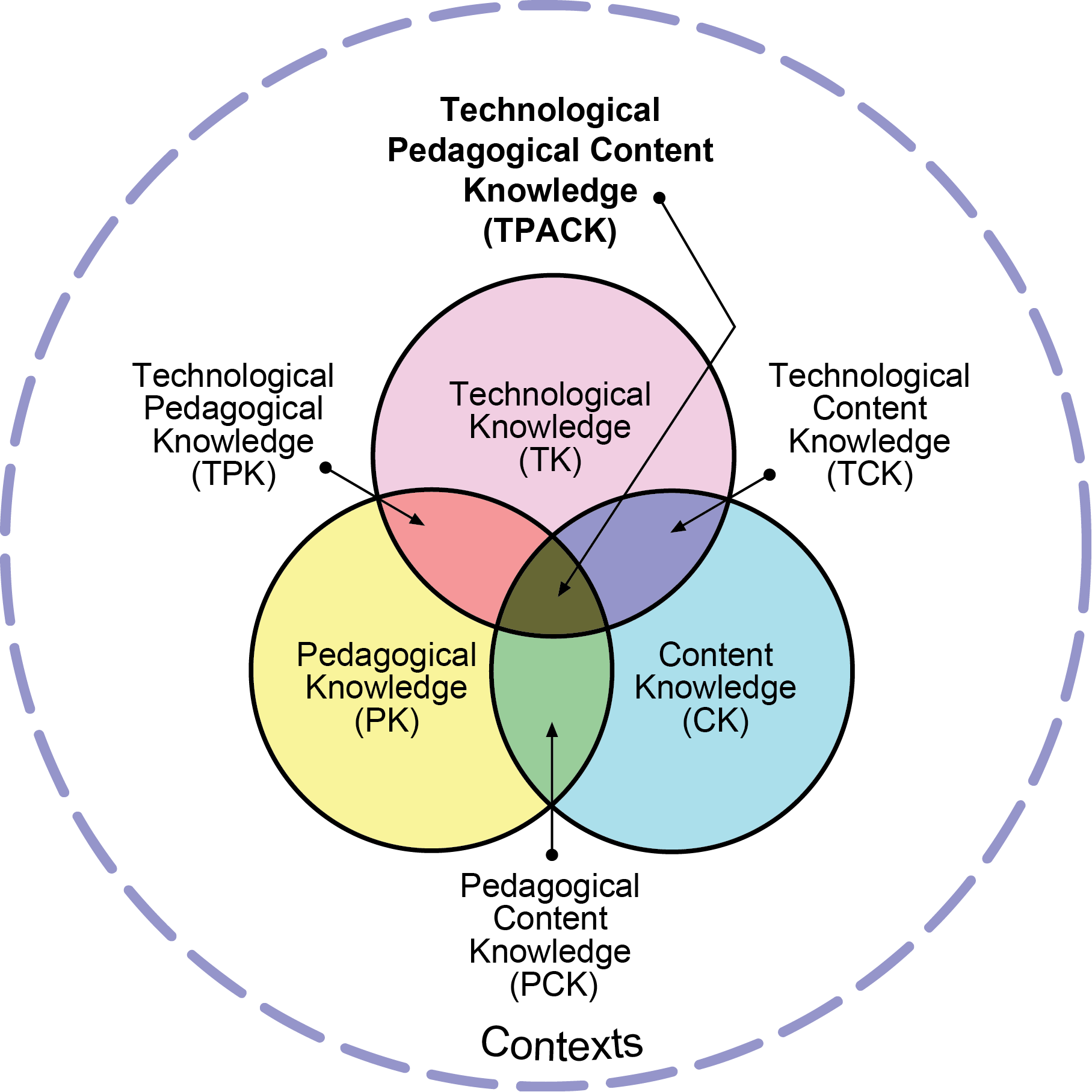Personal Project: 3D Video
The idea of using virtual reality, or augmented reality, or 3D video has come up several times throughout the MET program, and they are featured as ‘Important Developments in Educational Technology’ in the 2016 NMC Horizon Report (Johnson et al., 2016). So, it’s not surprising that a related idea “popped into my head” as a potential solution to a problem I have.

Working in a Biosafety Cabinet
Source: www.flickr.com
I teach a practical course in Animal Cell Culture. Laboratory work in this discipline involves working alone at a Biosafety Cabinet – a space completely enclosed on all sides except the front. This means that my students struggle to observe me demonstrate various skills, because there are 16 of them and only enough space next to me for 2-4 students. My current solution is to sit at a small table in front of the class and pretend it’s the Biosafety Cabinet while demonstrating the necessary skills.
The high-tech solution I am working on, will allow my students to view the procedures from my perspective. To do this, I plan to utilize 3D video compatible with Google Cardboard.
I’ve already purchased a couple of small cameras and tried mounting them in a way that would allow me to record what my eyes see. I have also produced a couple of short videos to test out my ability to produce the videos and it seems doable. I am currently struggling with adjusting and testing the angle at which the cameras are mounted to ensure they will be recording the area that I want my students to see. Solving this issue will simply require building a better, more secure, mount for the cameras and a little more time to test things out.
Eventually, I plan to record myself performing the procedures, and to upload those recordings to YouTube with the appropriate settings for Google Cardboard. In this way, my students will be able to see the whole procedure from my perspective and will have a better idea of what they should be doing once they sit in front of a Biosafety Cabinet.
It is my hope that this type of video will act as a form of visualization, which has been shown to be an effective tool in helping athletes improve performance (Munroe-Chandler & Guerrero, 2017), and is being recommended for use in other fields as well (LeVan, 2009). In fact, past research has already shown that visualization combined with actual practice – what they will be doing in the lab – results in significant benefit (Ross, 1985).

Improvised 3D camera setup. Two identical cameras are mounted above lab goggles worn by me during practical work. “VR” headset is visible in behind.
Expanding my Technological Knowledge Domain
I was able to learn the practical aspects of setting up the cameras by reading through a few websites like this. In terms of dealing with the output, I’ve been using an open-source, cross-platform video editor called ShotCut for all my video video production. It allows me to do all the necessary video and audio splicing, and with a few tips for Google Cardboard video editing workflow from this video I am able to now produce videos that work nicely with Google Cardboard or a headset like the one in the picture above.


